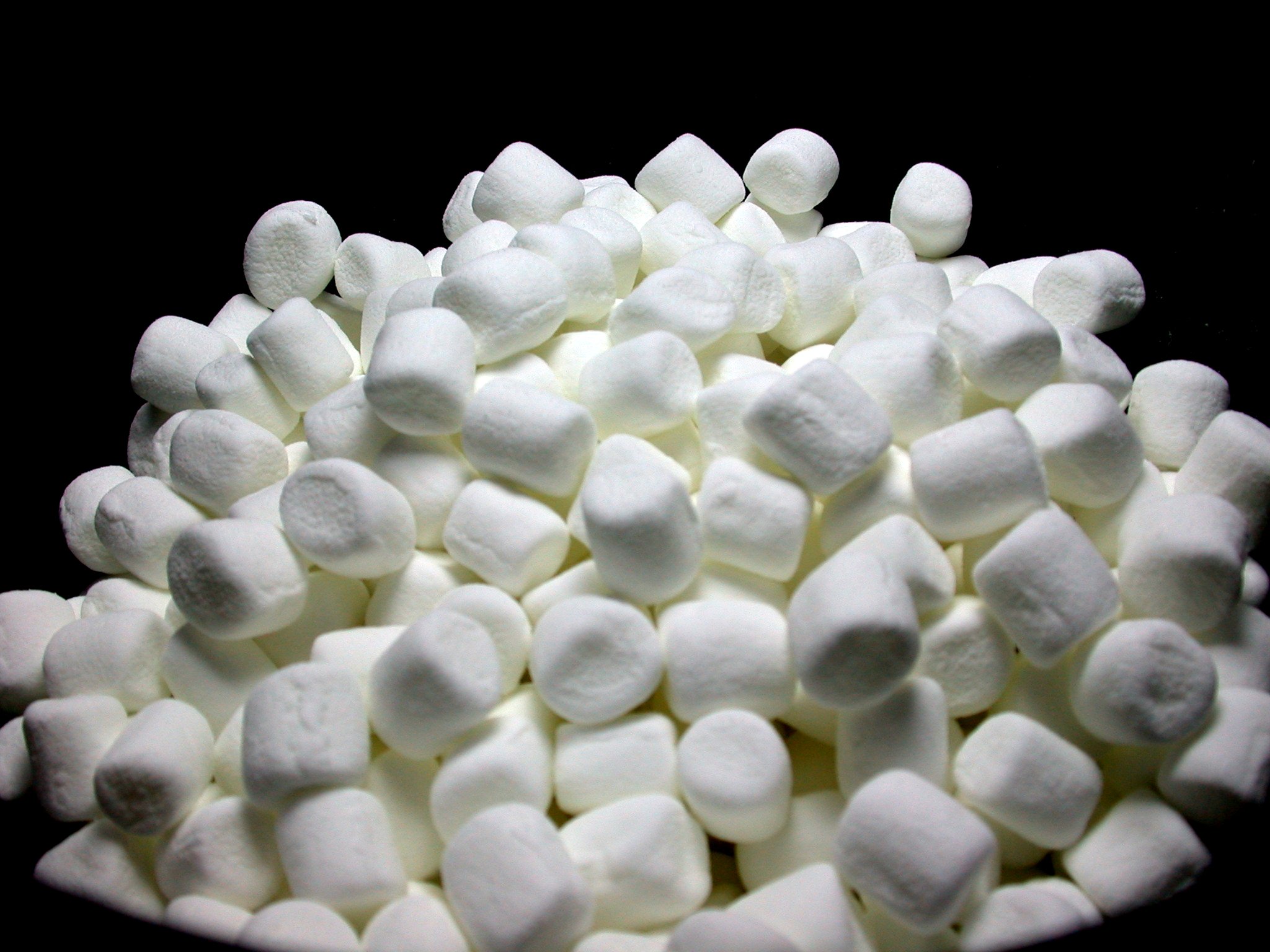The Marshmallow Study Revisited: Does Our Willpower Increase Our Likelihood of Achievement?

Since the inception of the discipline of psychology, a number of psychological studies have caught the imagination of a global audience, each for their own reasons. It is easy to see why the Stanford Prison experiment lives in infamy: it suggested that human beings who are placed in positions of power naturally adopt sadistic and authoritarian personalities, a finding which, if proven, has intense ramifications for our hierarchical society. (Of course, we can debate the methodology and call the findings into question, and plenty have done so already). Martin Seligman’s study on learned helplessness, the Bobo Doll experiment, or Stanley Milgram’s experiment all sit among the most recognized psychological studies. Each suggests incredible things about the human psyche and our social and psychological realities. Not all of these studies have withstood the test of time, however.
Another famed psychological study is the Stanford Marshmallow Experiment, which returns to the social scientific zeitgeist thanks to recent re-examinations and replications. While the study’s basic findings have not been overturned, its nuances have been sharpened. The work will be detailed here after some background.
First performed in the early 1970s, the original marshmallow study focused on delayed gratification. Some 32 children were led into a room, empty of distractions, where a preferred treat was waiting on a table. The researchers told the children that they could eat the treat, or, if they were able to wait 15 minutes, they would be offered a second treat, too. The researchers hypothesized that, since the treats were placed on a table in front of the children, the salience (visibility/presentness) of the treats would enable the children to delay gratification for longer. The researchers found, to the contrary, that the presence of the rewards served to increase frustration, which suggested that avoidant behavior (not thinking about the treat in front of you, or perhaps not even looking) would be the best behavior when attempting to delay gratification.
After the initial study, three more experiments were performed (this time the treats were marshmallows, hence the name) to understand which behaviors would lead to the best delay of gratification. Children were tested in numerous ways: some groups were offered distractions, some were encouraged to distract themselves with ideation, and so forth. Again, it appeared as if children were able to delay gratification better when the rewards were not present, especially if they were able to avoid the thought of the rewards. The Stanford Marshmallow Experiment demonstrated that delay of gratification was maximized when suppressive and avoidant mechanisms were employed to reduce or avoid frustrations with the wait.
Most of the notoriety of the study, however, comes from follow-ups with the original participants. Those who were able to delay gratification in their childhood were described as more “competent” adolescents, they scored higher on the SAT, and they seemed to have more highly developed prefrontal cortexes by adolescence.
Impressive findings, however, can only be substantiated by good research methods. In 2018, a replication study by Tyler W. Watts, Greg J. Duncan, and Haonan Quan was published in Psychological Science. The authors explain that revisiting the marshmallow studies “reveal several limiting factors that warrant further investigation.” They comment on the small and highly selective sample used (children from the Stanford community), and the fact that only a quarter of the original participants could be contacted for the follow-up correlational study. They also comment on the fact that, in the original studies, some children were supplied with coping strategies to delay gratification, and others were not. Even so, the results that could be gleaned only from the group of children who were given no strategic edge for gratification delay, are not adjusted for potential confounding variables. The researchers, in effect, called into question some of the methodological choices and the results of the marshmallow study, and, in doing so, called into question the extent to which one’s own early willpower could be correlated with their later success.
In their own study, Watts, Duncan, and Quan used data from the National Institute of Child Health and Human Development to explore associations between preschoolers’ abilities to delay gratification and their later academic and behavioral outcomes by age 15. They focused their analysis on a sample of children born to mothers who had not completed college because it “allowed [them] to investigate whether the [earlier findings of the marshmallow studies] extend to populations of greater interest to researchers and policymakers developing interventions” to help with later success in life. There are other key differences, too, but for the sake of brevity, they will go unmentioned. These differences from the original study are important to note; the study is a conceptual, not a traditional, replication.
While the researchers found that an additional minute waited at age 4 predicted a gain of approximately one 10th of a standard deviation in achievement at age 15, “this [nonetheless statistically significant] correlation was only half the size of those reported in the original studies and was reduced by two thirds in the presence of controls for family background, early cognitive ability, and the home environment.” They failed to find associations between gratification delay and a host of behavioral outcomes, and for what they did find, the associations were “highly sensitive to the inclusion of controls.”
Further, this piece was recently published in Smithsonian Magazine.
In 2012, the journal Cognition published a study by Celeste Kidd, Holly Palmeri and Richard N. Aslin which found that children were more inclined to delay their gratification if they perceived the researchers to be more trustworthy. Those who were primed to believe that the researchers were trustworthy waited an average 12 minutes, while those who were primed to find the researchers untrustworthy waited an average of three minutes. As Smithsonian magazine wrote at the time: “The study doesn’t invalidate the marshmallow test–willpower is still important–but it does mean that people shouldn’t look at kids who fail the test as being instantly doomed to failure. Instead, parents of kids who appear to lack self control might want to look more closely at why they would eat the marshmallow–is it because they can’t wait or because they can’t trust that the next marshmallow will appear?”
There are still lots of holes to fill in with regard to these questions about achievement and gratification delay: one might look at how various studies have defined “achievement,” one might consider a better way to measure delay of gratification, and so forth. One might look into performing a traditional replication, or arguing why this conceptual replication may not be a suitable vehicle for casting doubt upon the findings of the original study. One may take issue with the study detailed by Smithsonian. If you would like to consider building on the important wealth of scientific knowledge regarding issues of gratification delay and achievement, take a look at the full replication study to understand the nuances and issues.





























































































